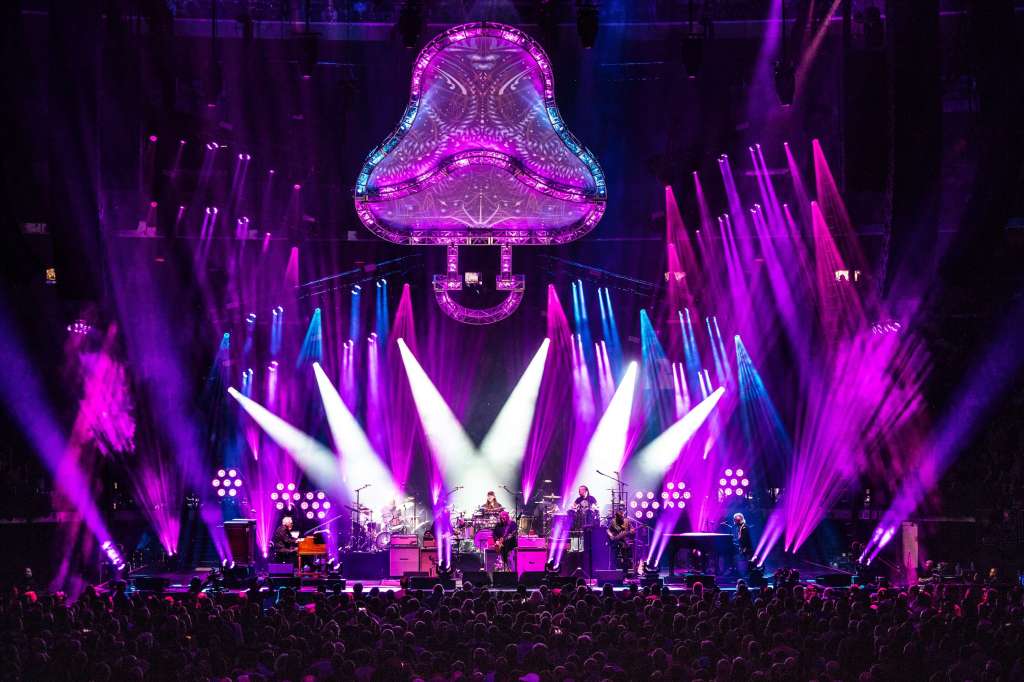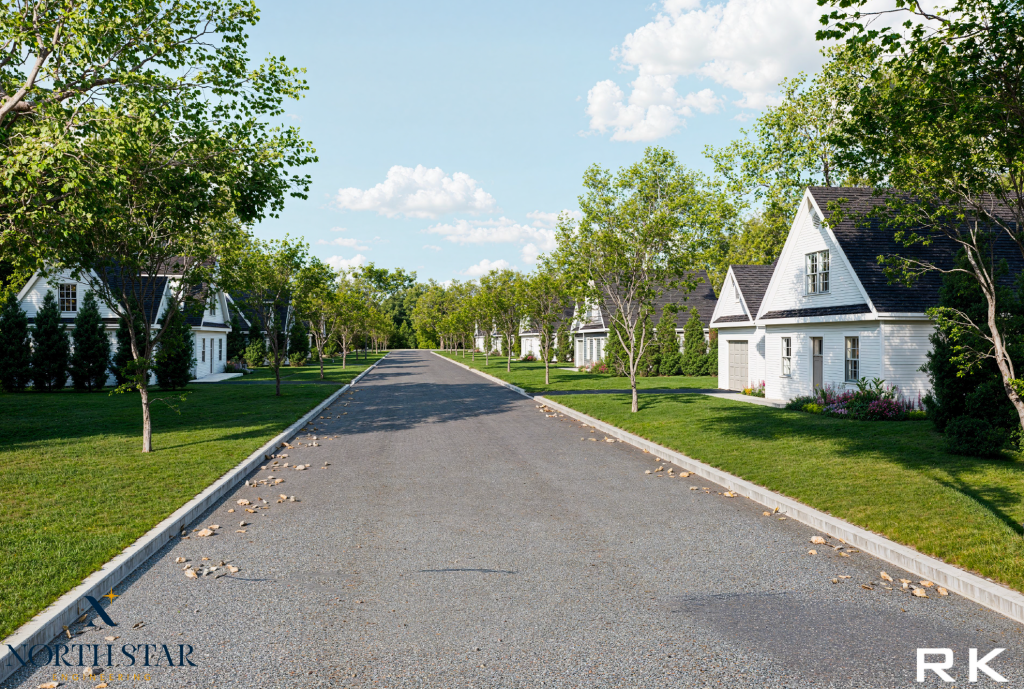77th Annual Shinnecock Nation Powwow Set for Labor Day Weekend
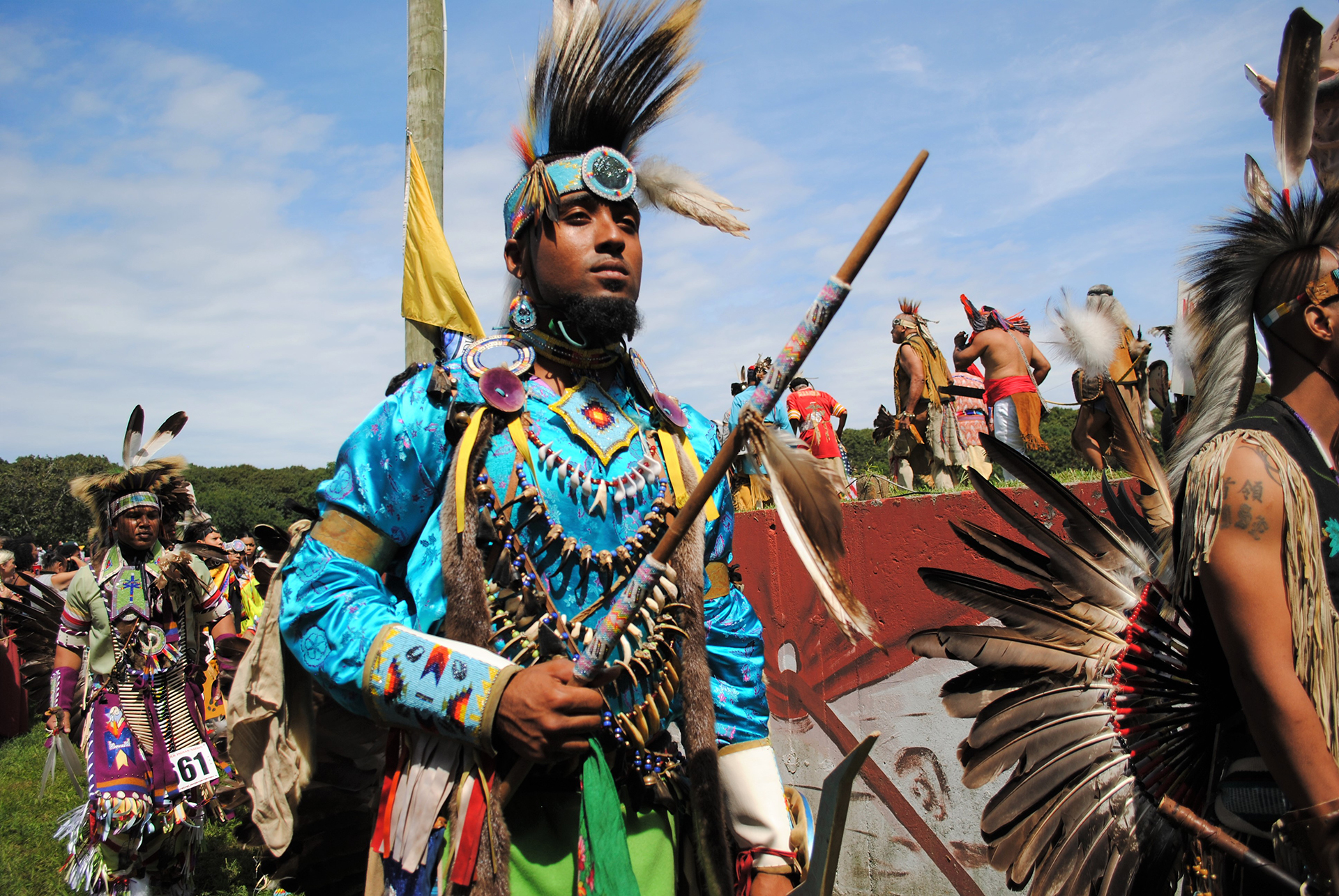
The 77th annual Shinnecock Indian Powwow will be held this Labor Day weekend, September 1–4 on the Shinnecock Indian Reservation in Southampton Town.
After a two-year hiatus due to COVID-19, the event returned in full force in 2022. Part cultural celebration, part fundraiser for the Shinnecock Nation, this year’s Powwow is expected to draw upwards of 40,000 visitors over four days and will feature more than 100 vendors of Native American arts, crafts, clothing and food from across the Americas.
The Powwow kicks off at 3 p.m. on Friday, and is highlighted by the Grand Entry of dancers, Nation elders and tribal leaders at 7 p.m. One of the most compelling sights and sounds of the event, the Grand Entry ceremony is repeated twice per day on Saturday and Sunday at 12:30 p.m. and 7 p.m. Each Grand Entry concludes with the appearance of all of the participating dancers in the Powwow together on stage — a gathering known as a “drum.” Also highly recommended are the sunset fire lightings, which are repeated on Friday, Saturday and Sunday nights.
In addition to a large array of vendors, each day also features competitive dancing, guest entertainment, prayers, ceremonial dances and the acknowledgement of sponsors, veterans and visiting dignitaries. At the close of the event on Monday evening, prizes are awarded to competing dancers and drums.
The event is one of the largest of its kind, and one of the final powwows of an extensive festival season, which begins in April and ends in September.

Many Indigenous families, dancers and singers from across North America and the Pacific Islands attend and compete at numerous powwows every spring and summer. The events have come to serve as vital expressions of a shared Native cultural heritage.
According to the Smithsonian Center for Folklife & Cultural Heritage, the term “powwow” comes from Pau Wau, which means “medicine man” in Narrtick, the language of the Algonquin people who lived in what is now Massachusetts. English settlers began misusing the word to refer to the meetings of Indigenous medicine men, and later to any kind of Native gathering. In subsequent years, Indigenous people have reclaimed the term and imbued it with significant meaning.
Historians don’t all agree on the origins of powwow tradition. The general consensus is that it has its roots in the war dance societies of the Ponca and other Southern Plains Tribes. Some Indigenous historians assert that the Grand Entry ceremony references the way in which Native people, having been relegated onto reservations by the U.S. government, were paraded through local American towns and then forced to dance for the non-native public.
As the Smithsonian Center chronicles, powwow culture as it exists today can trace its evolution to 20th-century America. When Native students were removed from their home regions by the U.S. government and forced to attend government and Christian boarding schools, they came into contact with members of competing tribes or groups they never would have met due to the physical distance between them.
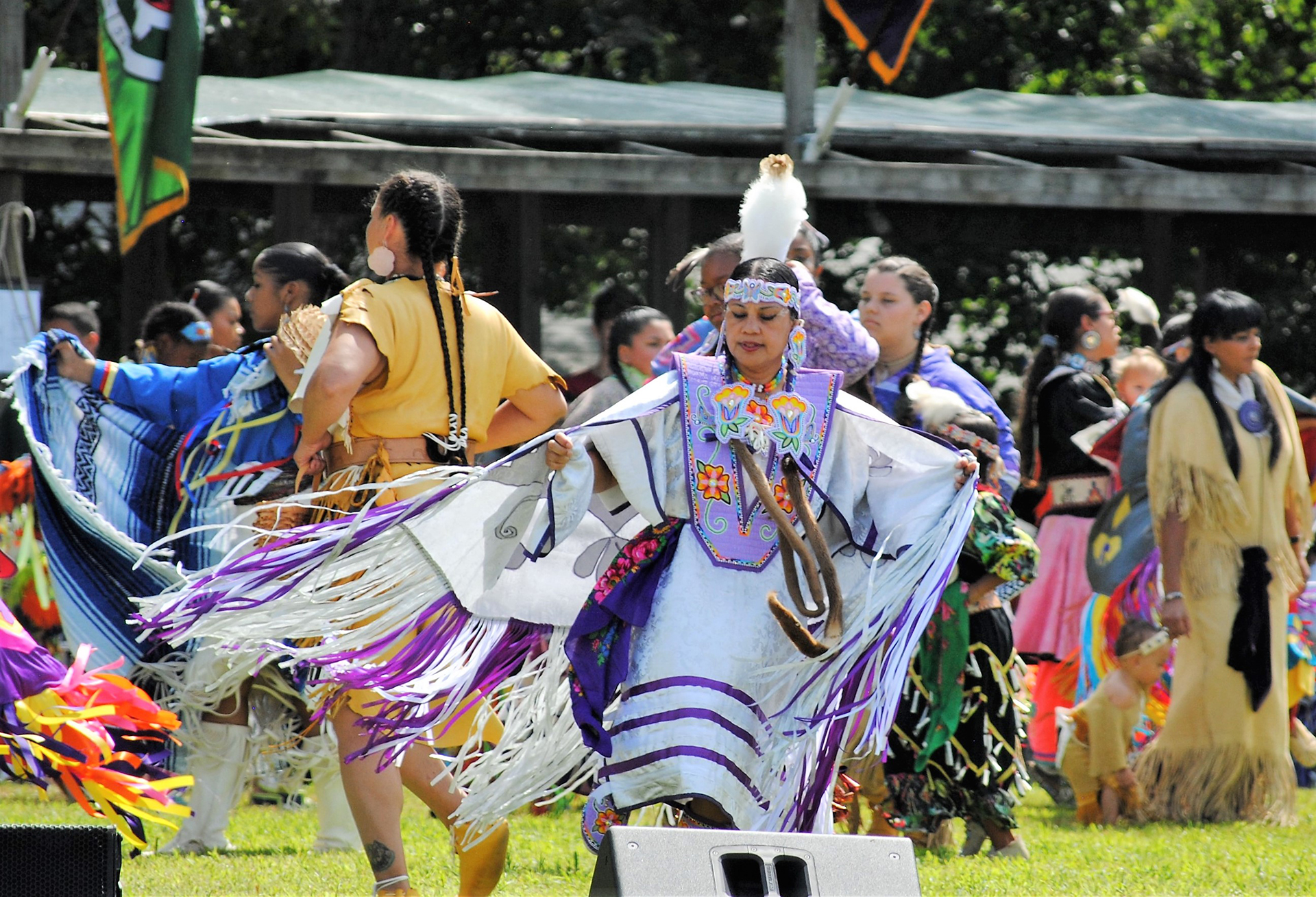
“During this forced assimilation, (Native) children who did not have Great Plains powwow dances in their culture learned that style of song and dance from their Great Plains classmates,” the Center notes. “They adopted the early ideology of what was to become the modern powwow. As the culture urbanized, the number of powwows across the country exploded. Powwow circuits and traveling performance groups emerged. This period is associated with the rise of competition events in powwows.”
First recognized by the federal government in 2010 after a 30-year struggle, the Shinnecock Nation has a lot on its plate these days. Representatives of the Nation’s approximately 1,600 citizens — many of whom currently live in reservation housing — are in the process of opening several new recreational cannabis dispensaries. Also ongoing are politically charged negotiations to build a new casino, a new hotel and restaurant, and a new gas station/convenience store on and around ancestral Shinnecock land.
Since 1946, the Shinnecock Indian Powwow has helped acknowledge and validate the heritage of America’s original residents. And for at least one weekend a year, a complex and often contentious relationship between Native people and the non-native community takes a backseat to four days of celebrations.
“As we dance upon the earth, we are reminded that our culture and love for one another is the resounding heartbeat that transcends all that we face, wherever we face it,” the Nation notes in its promotional materials for the powwow.
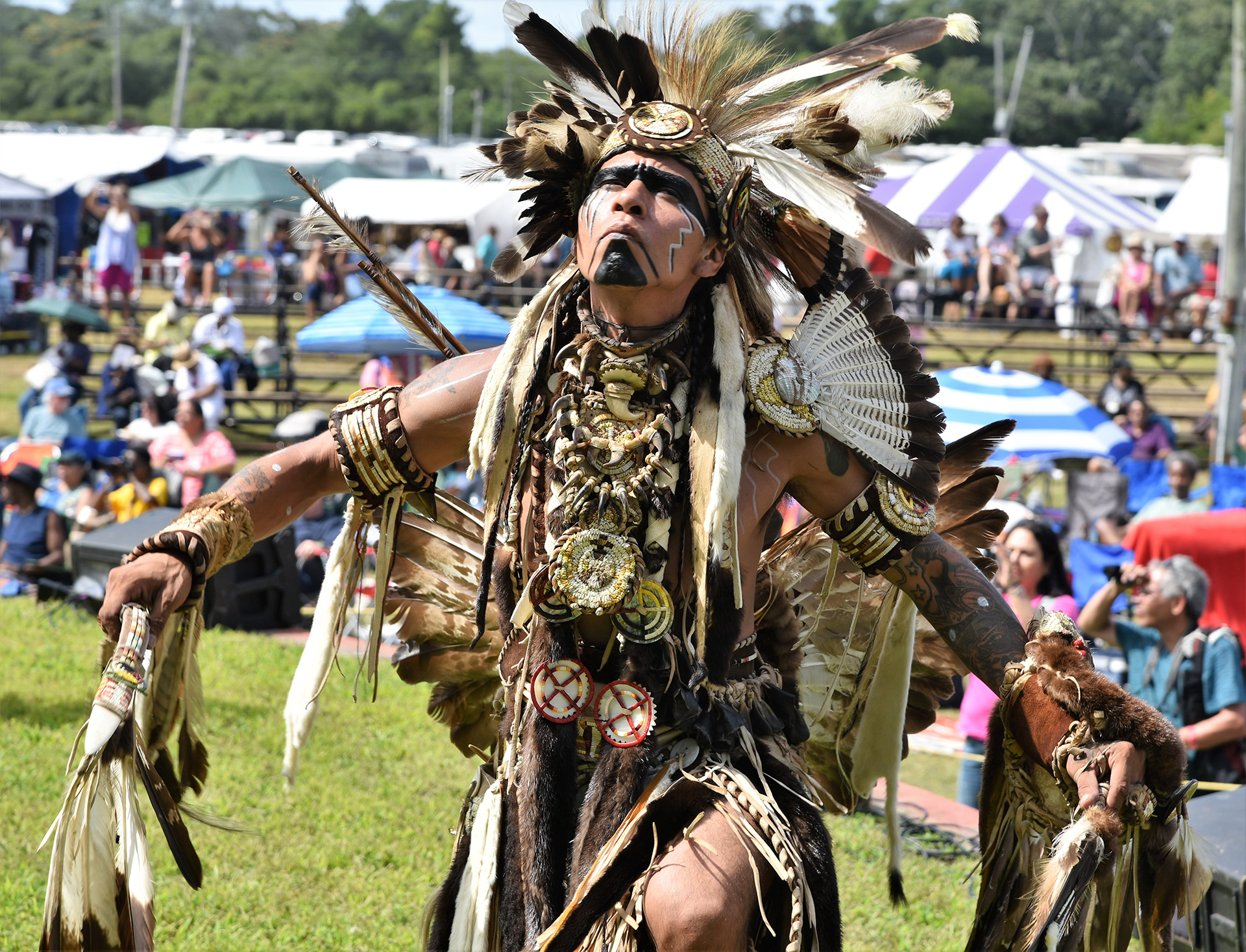
“The trees that surround our circle also record our historical moments within their barks as they grow with the People. We dance with all of our relations, past and present, from nearby and from afar. We welcome home our distant families as well as our guests with open arms and prayers as we share ourselves, our culture, arts and crafts, good food and our ceremonies during each Labor Day weekend … Native American representatives from every region are available to demonstrate and share their stories to all who ask. ”
Tickets for the Shinnecock Indian Powwow are $20 per day for adults and $10 for seniors, children and veterans with military ID. Children under age 5 are admitted for free.

